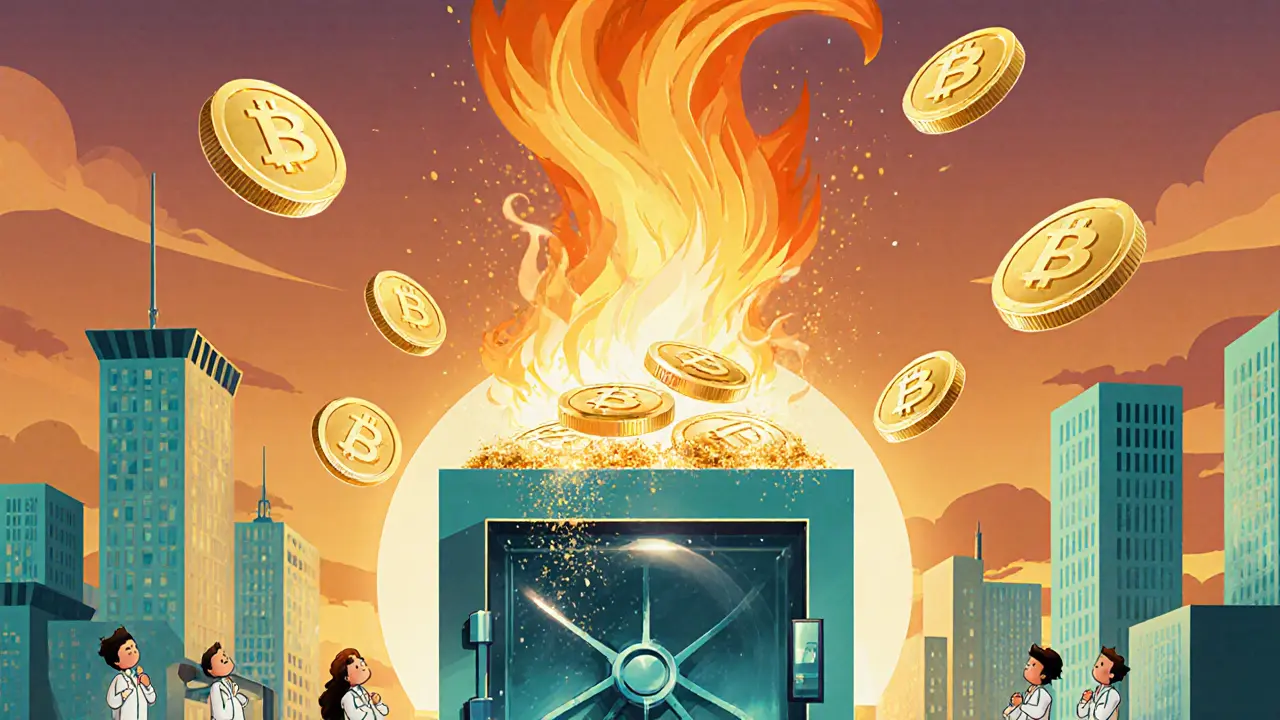Cryptocurrency Token Supply: What It Means and Why It Matters
When you hear the term cryptocurrency token supply, the total number of tokens that exist for a specific digital asset, including both circulating and locked units. Also known as token supply, it forms the backbone of any token's economics. Understanding token supply helps you gauge scarcity, inflation risk, and potential price moves. cryptocurrency token supply isn’t just a number; it’s a lens to see how a project’s design choices affect real‑world value.
Key Concepts to Master
One of the most useful lenses is tokenomics, the study of how a token’s supply, distribution, and incentives interact. Also called token economics, tokenomics tells you why a coin might have a high inflation rate or a hard cap. Another piece of the puzzle is the airdrop, a free distribution of tokens to a community, often used to boost awareness. Known as a token giveaway, an airdrop can instantly raise circulating supply and shift market dynamics. Lastly, many platforms issue their own exchange token, a native coin that powers a crypto exchange’s fee discounts, governance, and liquidity incentives. It’s also referred to as a platform token, and its supply rules directly affect both the exchange’s health and the broader token landscape.
Those three entities—tokenomics, airdrops, and exchange tokens—are tightly linked. Tokenomics defines the max supply and inflation schedule, which airdrops can temporarily inflate by adding new holders. Exchange tokens often borrow tokenomic models, setting caps and burn mechanisms that ripple through the market. In practice, a trader who ignores these relationships may misread price signals, while a savvy investor can spot undervalued assets by tracing supply changes back to their root cause.
Let’s break down the supply categories you’ll see across most projects. Max supply is the absolute ceiling of tokens that will ever exist; Bitcoin’s 21 million limit is a classic example. Circulating supply counts only the tokens actively available for trade, excluding locked or vesting amounts. Total supply adds circulating and locked tokens but may still exclude future minting rights. Finally, inflation rate measures how quickly new tokens are created, which can erode value if not matched by demand. Knowing these figures helps you compare assets on a level playing field.
Airdrops throw a wrench into the supply math. When a project distributes free tokens, the circulating supply spikes, often without an immediate demand increase. This can lead to short‑term price drops, but it also widens the user base and may set the stage for future growth. To assess an airdrop’s impact, check the token’s vesting schedule, the proportion of total supply allocated to the giveaway, and whether the airdroped tokens are lock‑up‑free or subject to sell‑off restrictions.
Exchange tokens add another layer of complexity. Because they are tied to a platform’s revenue, issuers may burn a portion of tokens each time a fee is paid, creating a built‑in deflationary force. However, some exchanges mint new tokens to fund marketing or liquidity programs, which can dilute existing holdings. Comparing the token’s burn rate to its issuance rate gives you a quick snapshot of whether the supply is expanding or contracting over time.
Armed with this framework, you can now sift through the articles below with a clearer eye. Whether you’re hunting for the next airdrop, evaluating a new exchange token, or just trying to understand why a coin’s price is moving, the supply story is the foundation. Dive in and see how each piece fits into the bigger crypto puzzle.
Understanding Token Burning: Mechanisms, Implementation, and Best Practices
Learn what token burning is, explore the main burn mechanisms, see how to implement them safely with smart contracts, and avoid common pitfalls.
